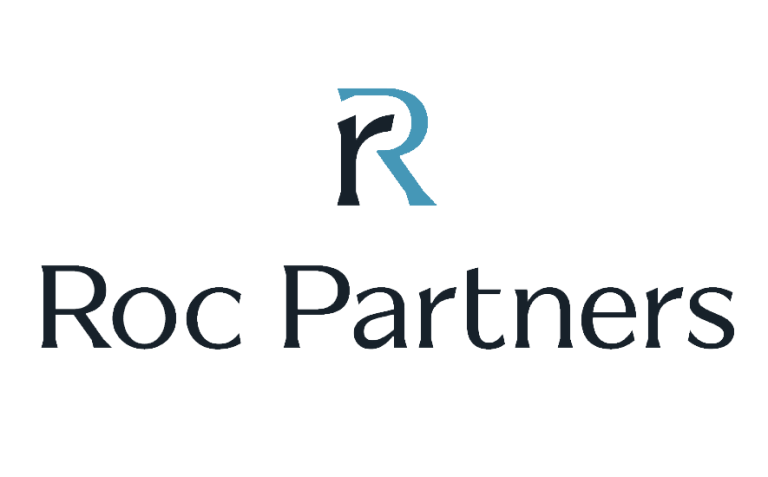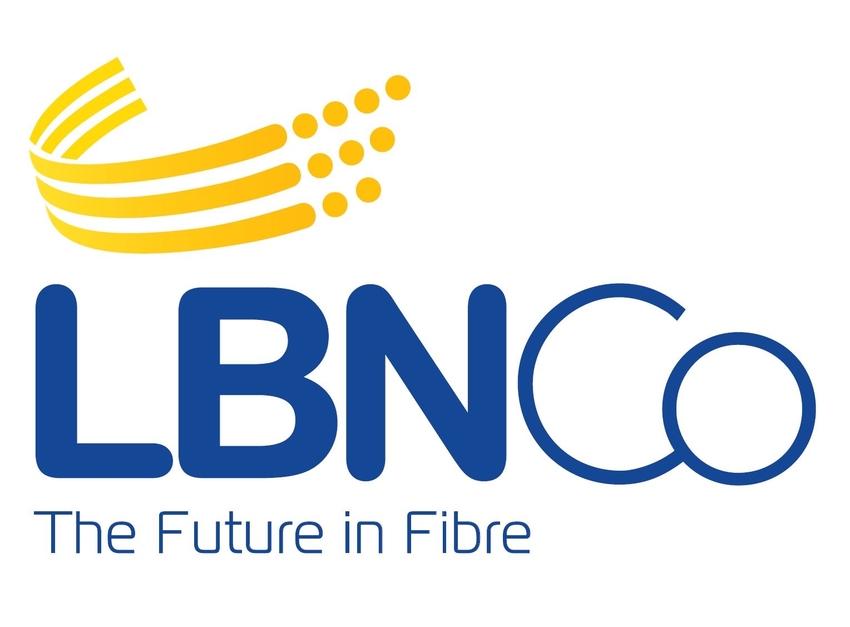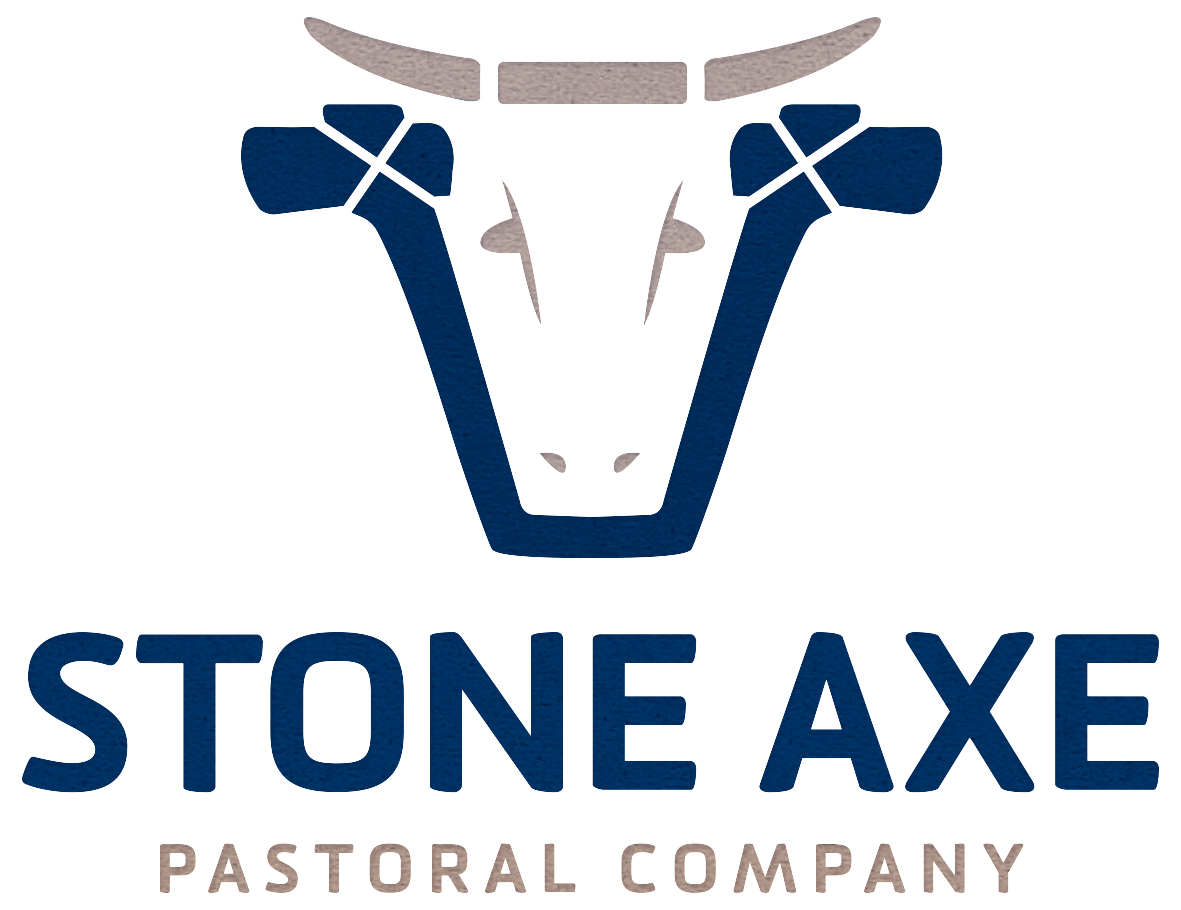… with a particular focus on those seeking growth equity. They also highlight the expanding opportunity set in private credit. Additionally, the discussion touches on the rise of secondaries as limited partners pursue liquidity and considers the potential impact of a softening US Dollar for those investing in other parts of the world.
Anna Ellis: Hi, I'm Anna Ellis. Thank you for joining today. I've got with me Michael Lukin and Frewen Lam. And we’re here to discuss Roc Partners views on what we saw in the second half of 2023 and where we're likely to go in 2024, from a private market's perspective.
It's been six months since we last spoke, and there was a bit of a focus on the uncertain external market and the market environment, but how that was creating opportunities in private credit, in secondaries and also the mid-market private equity. A lot of that has continued, the noise at the time was increasing inflation, rising interest rates, geopolitical tensions, and a generally weakening market environment.
I'm really interested today to chat to both Mike and Frewen to see how this played out and how these dynamics might shape 2024.
So I'll start with you, Mike, really keen to dig into what we saw the back half of 2023 and what some of the key trends, dynamics are likely to be in 2024.
Michael Lukin: Yeah, thanks Anna. I think you summed it up nicely, which was just a continuation of uncertainty. I think 2023 was really a very quiet year for transactions in private markets. And I think that was really led by a lack of real conviction around where we're heading globally around the economy.
If you think back to 2021, 2022, we saw rising inflation, we've then seen wage pressure kind of coming through, and then more recently, heightened geopolitical risk continuing, particularly around the Middle East. And I think in that backdrop, you've had a situation where vendors of assets have felt like good days are ahead of us, but we don’t know when. And so if we can hold on and not sell during 2023, then perhaps 2024, 2025, we're going to see a better economic outlook. That means someone will pay you more for my asset, and so, I'm better off putting my head down, bum up and, and working through this really tough period.
On the, buy side, you've got the same lack of conviction or clarity on where we're heading with the economy. So in terms of your price expectations or what you're willing to pay for an asset, you've been quite conservative. You're pricing in, a year or two of benign economic activity and that probably makes you, roll back two years would make you non-competitive in a process that went two years earlier. And so in that context, you've got vendors who are still waiting for the prices of yesteryear, the free cash, free money, free debt environment. On the flip side, you've got vendors who are quite conservative and then also you've just seen a five hundred basis point increase on average around the world, in terms of borrowing costs. And so, just fundamentally the mathematics says if it's costing me more to borrow money, then I just can't afford to pay as much for a business as I did two years ago.
So, 2023 as a result was probably a bit of a lost year. We went through a year where, really a not a lot happened. I think what it came down to was if you just had a burning platform for whatever reason, you just needed to do something, you ended up, doing a transaction. But if you had flexibility and you had longevity to your business and you could see your way through, you were far better off focusing on how do I optimise my business. Because we talk about transaction levels and reductions there, very much 2023 was the duck paddling really hard under the water. There was so much going on with higher interest costs, a weaker consumer environment, probably less business confidence around, that meant that, as a business owner or business operator, you were really focused internally on ensuring that the business that you owned got through this period and then could come out the other side with a strength and resilience to it.
So I think very much one where, looking from the outside into the private markets, you'd say not a lot happened, but when you dig deep and you look at the portfolio companies and what's been occurring there, there's been a lot that's been happening within the portfolio companies trying to get through this period to kind of make for better businesses at the back end. And then hopefully as we go into 2024, we see more interest in deal activity and M&A opportunities.
Anna Ellis: So it sounds like, greater focus on operational excellence, value creation like getting the businesses fit and ready…
Michael Lukin: Absolutely.
Anna Ellis: And I think what I was hearing is sort of a tone about maybe a little bit more optimistic on transaction activity going into 2024?
Michael Lukin: Yeah, I think what we'll need to see is really conviction around when we'll start seeing interest rates forecast to come off or actually coming off. And so I would sit there and say that I think the first half of this year we'll still see a slow pace of deal activity. It will be really driven by, still a little bit of uncertainty about inflation, a little bit of uncertainty about the interest rate cycle,
and then probably a lot of uncertainty around geopolitics and what that means more broadly.
But I think as we go through to the back half of this year, I think most economists are forecasting globally are return to interest rate cuts in the second half. I think once we see that inflection point and that conviction that rates either have moved or are going to move down in the near term, then I think we'll start seeing more confidence in people to look through the cycle than we've got at the moment. And ideally also we get a stability around geopolitics. We also do have a pretty big election at the end of the year with the presidential election in the US. Relatively different paths to the US depending on who are the candidates. So I think we will have that element of uncertainty, but I think as we start to see more conviction around where the economy's going, where interest rate cycle is going, people will look through some of these things.
And then overlaying all that I guess as well is we're another year down the track. So there’s certain things that you can delay in a business, there's certain things you can't delay. So it might be from a financial perspective, you might need to do a debt refinancing; took out a package three, four years ago, it's the end of the term, you need to think about what you're doing with that debt package. You probably were hedged, so you probably haven't had the full impact of higher rates. You may not be able to get the same level of leverage as you had last time because of conservatism within the banks, because of serviceability, and so you may need an equity partner because you're going to have this gap in the capital structure that you need to find a solution for. It may be, with a lot of small medium enterprises in Australia, it's about succession. So you can delay retirement, you can delay succession, you can delay these things for a period of time, but sometimes ill health catches up with you, sometimes, you need to settle a divorce, sometimes it's the family just not getting on anymore and you can delay these things for a period, but you can't delay them forever. And so I think you get this natural built up, deal activity that springs to life once the window opens and people are seeing more transaction activity.
So I think if you project out this year, we'll see, I think we'll see a significant uplift in deal activity this year. It may not be uniform through the year. I think it will have very much a hockey stick to it where we will start to see momentum building in this first half, but very much I think the second half of the year with probably more clarity around the economy, around geopolitics, around interest rate cycle, we might see, a lot more deal activity as a result of people having to do.
Anna Ellis: And I know you've mentioned it before, but when we talk about deal activity, a $20m investment check is quite different to say a much larger one. When you talk about the increased deal activity, do you see the opportunities across the board or perhaps more opportunity in certain segmented areas of the market? For example, lower market or larger market.
Michael Lukin: Yeah, I think that's a very good question and I think it'll be different for different segments of the market. So the of family sub a hundred million dollars enterprise value business, family owned, founder owned, wanting to take some bit of money off the table looking for growth equity to capitalize on weakness in their competitors. I think we'll see people looking for growth equity in that environment to help them grow their businesses to consolidate their market position to grow as they feel like the economy may bounce back in kind of 2024 - 25.
So, I think that you'll see more activity in the growth equity space as people have more conviction around the economic outlook and so willing to take on a partner to grow their business.
I think at the larger end, I think the IPO window will obviously be relevant for bigger private equity shops. So, the IPO window generally opens early in the economic cycle. I think we'll see potentially a few more IPOs this year than we saw last year. Not that it would be that difficult given there weren't many at all of scale. So I think we'll see more of that kind of activity.
And then I think generally we'll see more direct secondary style deals where private equity will sell to other private equity driven by two things. One is a lack of distributions over the last twelve months from a lot of private equity firms. And the magic dust on cap raising is always giving investors back. It's always easier to get more money out of your investors after you've just given them a cheque back. And I think as private equity firms are looking to raise their next fund, they look through their book of portfolio companies and they'll say, what can I sell to kind of create liquidity for my investor base so that I've got more confidence around my capital raising next time round.
And then on the flip side, in terms of buy side, there's a whole bunch of private equity firms that didn't do much last year, probably behind on their investment pace on their 2021 vintage funds, 2022 vintage funds, looking to start to increase the velocity of capital raising or capital deployment over the next year or two as they're building out their most recent fundraise and how they invest that fund. So I think it will be different for different parts of the market, but generally, there will be more activity across the board on the back of more confidence, more conviction around the outlook.
Anna Ellis: And I just wanted to pick up on something you mentioned
earlier around increased funding costs that are perhaps, harder to borrow. What does that mean for private markets and private credit in particular?
Michael Lukin: Yeah, I think private credit has been really the star
of the last 12-18 months. Eight to ten percent returns with very little risk on a cash basis and in such a heightened level of uncertainty has been a pretty good place to park capital.
And I think the continuing, increasing private markets and the increasing, relevance of non-bank kind of leverage into private equity deals, the opportunity set will continue to grow for private credit.
And what's been a relatively conservative market environment, that's actually great for private kind of credit investors. Because you don't have aggressive lenders out there charging lower yields, giving away more in terms of terms, giving away more in terms of covenants. So you've got the opportunity to really deploy capital at a good time in the market from a base rate perspective, but also from a margin perspective.
And then also what’s often overlooked is the terms in which are lending. So a tight covenant restrictions that give you confidence as a lender to these businesses, leverage not at levels that are eye watering given the higher serviceability cost. So all in all, you have this situation where private credit can actually be a really nice place to deploy capital where yields import and high single digit returns are your target.
I think we'll continue to see more and more capital deployed in that. And I think in some pretty attractive deals, as those bank deals start to get refinanced. Private equity's starting to do more deal activity, it's going to just generate more deal flow for the kind of private credit investors in the market.
Anna Ellis: Thanks. Frewen, I'm really keen to get some of your views perhaps from more of a global perspective. I think last time we spoke, you mentioned particularly for US and Asian investors, they were very concerned about shortening durations, liquidity and they had a lower risk appetite than what you'd seen for quite some time. Did that play out in 2023 and how do you see that looking in 2024?
Frewen Lam: So Mike covered a lot of ground in relation to the macroeconomic environment and deal activity. Undoubtedly 2023 saw a general reduction in activity levels given the bid ask spread that existed between seller expectations and buyer expectations. Sellers on the one hand still anchored to prior price expectation levels. Buyers are
concerned about potentially buying into a more uncertain market environment, potential recession.
So I think there's a little bit of a tale of two halves of last year. We certainly saw a pickup in activity levels towards the second half of 2023 relative to the first half. On the transaction front, people trying to find ways to bridge some of the price gap that had existed in the first half in the form of earnouts or ratchets in structures. I expect that in the first half of 2024, we may see a continuation of that on the deal front.
On a macro side, clearly last year with the strong dollar, king dollar was still a big consideration for investors around the world. If you're a US dollar investor, you think about things a certain way. If you're an Aussie dollar investor, you might think about things in a certain way, in a different way, given the strength of the dollar. And I think with some of the forecasts that we're seeing recently, people are talking about potential softening of rates in the US going forward on the back of inflation coming off and implications around a softening dollar and what that might mean for investing in other parts of the world.
We certainly saw that sort of bout of volatility in the last quarter of last year. The Aussie dollar was up five percent over the quarter. And then quickly reversed as expectations around what might happen in the US and how things would be impacted by changes in the US. It's very quick so people are raring to go, but there's still an era of uncertainty around that's affecting how people are thinking.
The second part I'll touch on is really what we've seen in the secondary market. It's quite interesting, Mike touched on some of the psychology around buying and selling around liquidity. LPs are still looking for liquidity. GPs are still finding ways to generate that liquidity. And if you are in the world of direct secondaries, we talk about holding winners or trophy assets. If you think about assets that would've come up for sale last year, bids coming in below expectations, the sellers in those positions would've been thinking, geez well we couldn't get it out, we've got a benchmark price here, we actually think there's a lot of growth potential, further growth potential in these assets. Let's start a GP process that gives our existing LPs an option to generate liquidity if they want that. And so some of the stats that we saw recently, some doubling GP led secondary activity in the second half of last year compared to the same prior year period. I expect there'd be a continuation of that style of activity going forward as well.
Anna Ellis: And so, you just used the word continuation, but what you're talking about there is continuation vehicles, and I know we've seen a lot of them and really good ones here domestically. And so has that been playing out globally as well?
Frewen Lam: Yeah, I think Mike had touched on this ongoing uncertainty in the market environment. And I think if you have a view that there is uncertainty, there are only so many good assets in in the world. People have ongoing views around how they view risk and liquidity. We talked about sort of prolonged exits last time. It makes a lot of sense.
GPs don't necessarily want to sell their assets to another party if they view those assets as having continued runway in their growth potential. So, once they're able to establish a price that works, giving existing investors that option to take liquidity if they want it or they can continue to hold those assets.
Anna Ellis: And I think last time we spoke you reeled out some statistics around the decline in M&A activity globally, and particularly in certain markets. I know Mike touched on it, but how do you see that playing out specifically?
Frewen Lam: Yeah, so broadly speaking, there was roughly a 30-40% decline in transaction activity levels and a much more stark decline in the riskier areas of private capital investing. Venture capital for example, I think declined over two thirds. And that is unlikely to change dramatically. There's been a pickup in activity by where the cost of capital is today with how people see risk. At least for the next six months. It'll come back somewhat, but not in a very material way in respect of those riskier areas of private capital investing. But broadly speaking, we are seeing an uplift in activity levels going forward and into 2024.
Anna Ellis: And just picking up specifically on some of the key trends at the end of last year that you mentioned on investors or LPs, focused on shortening duration and similar factors, do you see them continuing to in particular create good opportunities in secondary investing?
Frewen Lam: Absolutely. And so to my point around increased GP led secondary activity, a big part of that is because of these duration issues. GPs are coming up to hold periods especially when Mike had mentioned that 2023 was a bit of a lost year that's another 12-18 months added to the durations of a lot of assets that have not sold and in many cases they've already been held for a long time. So, I think that drives more activity in that space, just giving LPs that option. A lot of these processes now are pretty well understood. It really is an option for existing investors who want that liquidity to get out. And so as long as you set a price, people are willing to accept it, then transactions get done.
Anna Ellis: Thank you, Frewen. Thanks for that. And thanks Mike. Thank you everyone for joining us. If you want to hear anything else about what we've spoken about, please do jump on our website or contact one of our team. Thanks.




